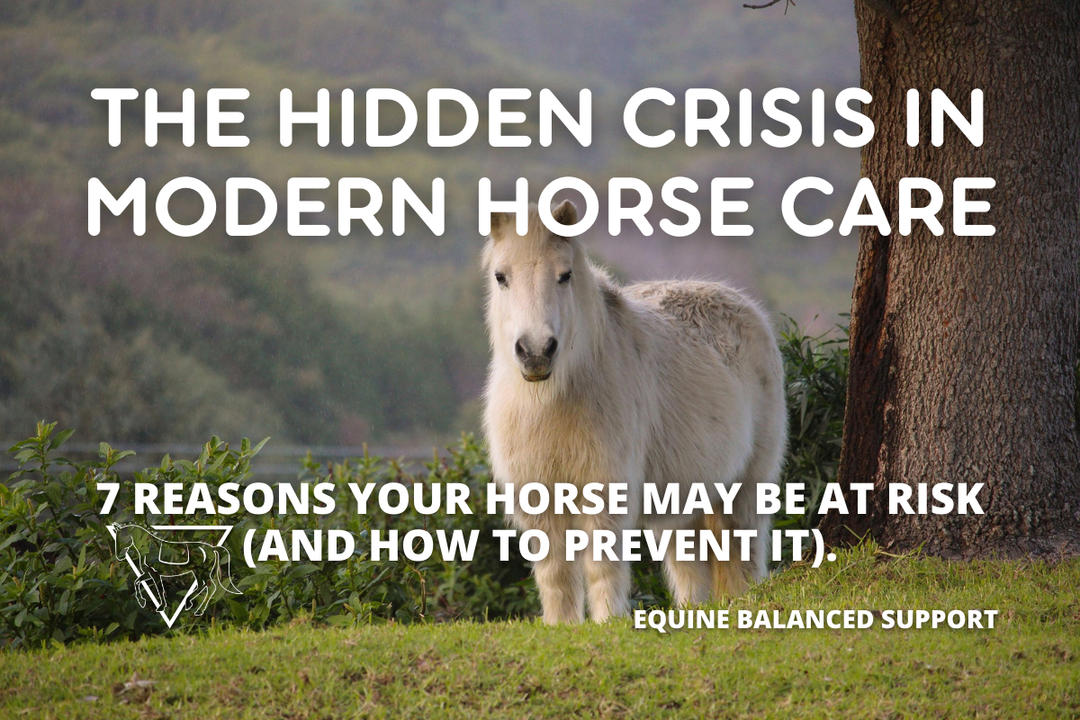5 Common Horse Feeding Mistakes (and How to Fix Them with Science)

Common Feeding Mistakes and How the Nutrition Calculator Can Help
Feeding your horse might seem simple—hay, some grain, a supplement or two—but small mistakes can lead to nutrient imbalances, health issues, and performance problems. The Equine Balanced Support Nutrition Calculator helps identify these mistakes and provides science-backed recommendations to improve your horse’s diet.
1. Over-Supplementation: More Isn’t Always Better
Many horse owners give multiple supplements without knowing if their horse actually needs them. This can lead to:
- ⚠ Nutrient imbalances (e.g., too much calcium can interfere with phosphorus absorption).
- 💰 Wasted money on unnecessary products.
- ☠ Potential toxicity (e.g., excessive selenium or vitamin A).
How the Calculator Helps:
- ✅ Analyzes forage, pasture, and complete feed to check for excess nutrients.
- ✅ Identifies missing nutrients so you only supplement what’s needed.
- ✅ Recommends solutions for indicated problems such as laminitis & PSSM.
2. Ignoring the Importance of Forage Data
Hay and pasture make up 70-100% of a horse’s diet, yet many owners don’t know exactly what’s in their forage. Traditional hay testing can be inconsistent, expensive, and time-consuming, leading to guesswork in feeding decisions.
Common issues from unassessed forage:
- 🌱 Low protein or mineral deficiencies, leading to poor coat and hoof health.
- 🦴 Imbalanced calcium-to-phosphorus ratios, which affect bone strength.
- ⚡ Excess starch or sugar, which can be risky for metabolic horses.
How the Calculator Helps:
- 📊 Uses statistical forage data based on regional and species-specific averages to provide a reliable estimate of your hay and pasture quality.
- 🔍 Highlights nutrient gaps and suggests adjustments without requiring a hay test.
- ⚖ Provides a more consistent and accessible way to assess forage quality.
3. Feeding by Volume Instead of Weight
Many owners feed by scoops or flakes rather than weighing feed, which leads to underfeeding or overfeeding nutrients.
4. Not Adjusting the Diet for Workload, Life Stage, and Seasonality
A horse’s nutritional needs change over time, but many owners fail to adjust feeding programs based on:
- ✔ Age: Young, senior, or breeding horses have different needs.
- ✔ Workload: Performance, maintenance, or recovery horses require different diets.
- ✔ Season: Winter, summer, or transitioning periods affect nutrient demands.
How the Nutrition Calculator Helps:
- ✅ Customizes recommendations based on your horse’s age, workload, and season.
- ✅ Adjusts calories, minerals, and hydration needs for seasonal changes.
- ✅ Alerts you when nutrient levels don’t match current weather and workload conditions.
5. Relying Too Much on Commercial Feeds
Many horse owners trust commercial feeds to provide complete nutrition, but relying too much on bagged feed can lead to:
- ✔ Unnecessary fillers: Many feeds contain corn, byproducts, and non-beneficial additives.
- ✔ Hidden sugars & starches: These increase the risk of metabolic disorders.
- ✔ Caloric overload: Overfeeding grains can cause imbalances in vitamins & minerals.
The Bottom Line:
A forage-first approach is best for most horses. The calculator helps you evaluate if commercial feed is necessary—or if your horse could thrive on a more natural, balanced diet.
Use the Calculator Now





Leave a comment